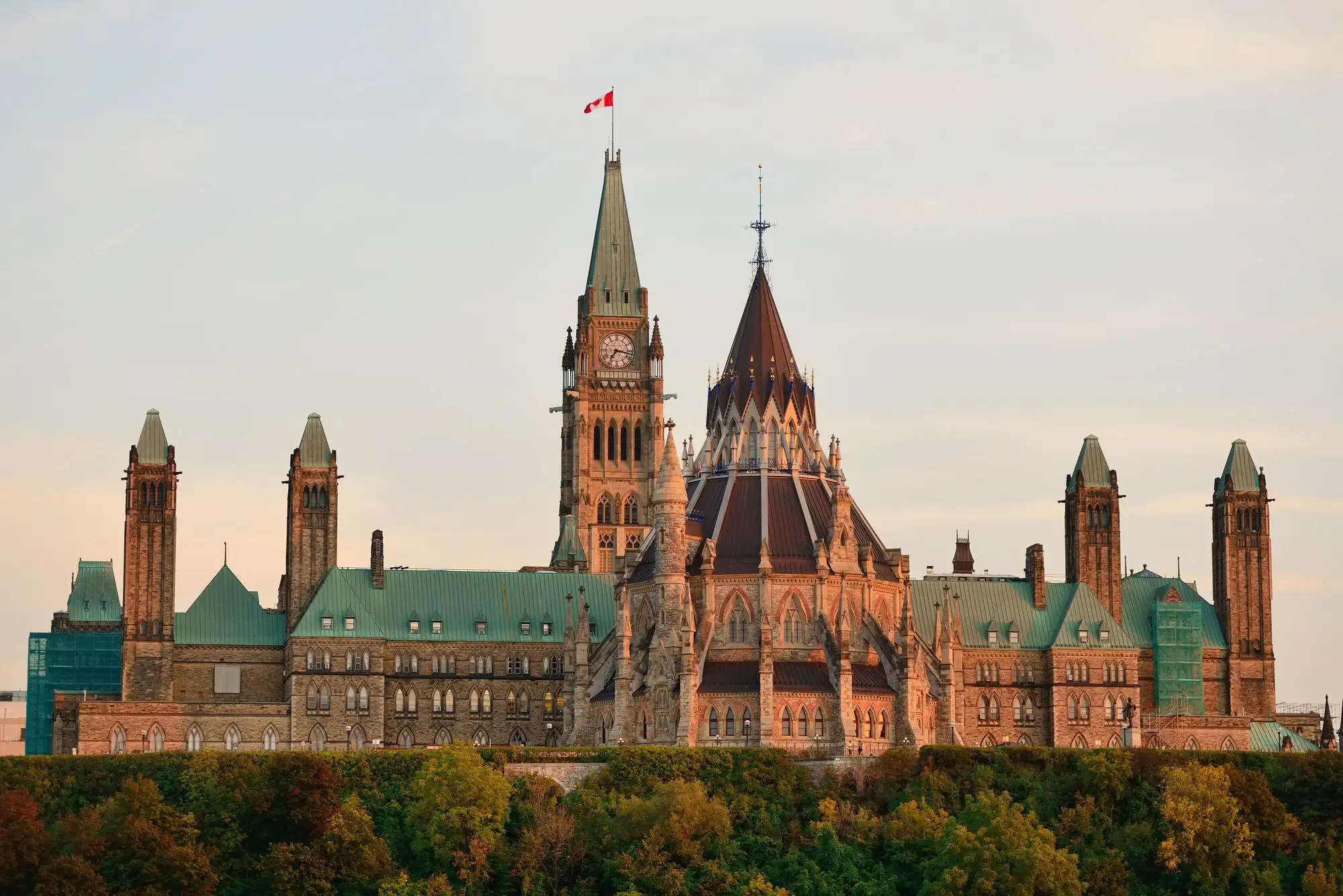On March 21, 2020, the CRA provided some clarity on the Temporary Wage Subsidy. Some details seem to be missing, but this provides a lot of answers we and our clients have been looking for. So here it is.
Please refer to our calculator here.
Our commentary is in red text.
1. What is the Temporary Wage Subsidy for Employers?
The Temporary Wage Subsidy for Employers is a three-month measure that will allow eligible employers to reduce the amount of payroll deductions required to be remitted to the Canada Revenue Agency (CRA).
2. Which employers are eligible?
You are an eligible employer if you:
- are individuals (other than trusts), a non-profit organization, a registered charity, or a Canadian-controlled private corporation (CCPC); or
- are partnerships where all the partners are individuals (other than trusts), non-profit organizations, registered charities, or CCPCs;
- have an existing business number and payroll program account with the CRA on March 18, 2020; and
- pay salary, wages, bonuses, or other remuneration to an employee.
Note: CCPCs are only eligible for the subsidy if their taxable capital employed in Canada for the preceding taxation year, calculated on an associated group basis, is less than $15 million.
The Temporary Wage Subsidy for Employers is limited to the eligible employers listed above.
Please contact us if you need us to determine whether you are eligible.
Furthermore, the rules do not say that subsidies for non-arm’s length employees do not qualify. For owner-managers drawing salary, this could be a way to keep more money in the corporation (especially professional corporations like Dentists who are hurt by the COVID-19 situation).
3. How much is the subsidy?
The subsidy is equal to 10% of the remuneration you pay between March 18, 2020, and June 19, 2020, up to $1,375 per employee and to a maximum of $25,000 total per employer.
Associated CCPCs will not be required to share the maximum subsidy of $25,000 per employer.
For example, if you have 5 employees, the maximum subsidy you can receive is $6,875 ($1,375 x 5 employees), even though the per employer maximum is $25,000.
Since Associated CCPCs do not need to share the maximum subsidy, it presents an opportunity for taxpayers to reorganize which legal entity employs its employees to make multiply the subsidy.
Initially, CRA announced that the eligible period ends on June 20th but the draft legislation seems to suggest June 19th.
4. How do I calculate the subsidy?
The subsidy must be calculated manually.
For example, if you have 5 employees earning monthly salaries of $4,100 for a total monthly payroll of $20,500, the subsidy would be 10% of $20,500, or $2,050.
5. How will I receive the subsidy?
Once you have calculated your subsidy, you can reduce your current remittance of federal, provincial, or territorial income tax that you send to the CRA by the amount of the subsidy.
Important: You cannot reduce your remittance of Canada Pension Plan contributions or Employment Insurance premiums.
For example, if you calculated a subsidy of $2,050, you would reduce your current remittance of federal, provincial, or territorial income tax by $2,050. You could continue reducing future income tax remittances, up to the maximum of $25,000, for all remuneration paid before June 19, 2020.
6. When can I start reducing remittances?
You can start reducing remittances of federal, provincial, or territorial income tax in the first remittance period that includes remuneration paid between March 18, 2020, and June 19, 2020.
For example, if you are a regular remitter, you can reduce your remittance that is due to the CRA on April 15, 2020.
7. What if subsidies exceed the remittances?
If the income taxes you deduct are not sufficient to offset the value of the subsidy in a specific period, you can reduce future remittances to benefit from the subsidy. This includes reducing remittances that may fall outside of the application period for the wage subsidy (after June 19, 2020).
For example: If you calculated a subsidy of $2,050 on remuneration paid between March 18, 2020, and June 19, 2020, but only deducted $1,050 of federal, provincial, or territorial income tax from your employees, you can reduce a future income tax remittance by $1,000, even if that remittance is in respect to remuneration paid after June 19, 2020.
8. Will the subsidy affect deductions from my employees?
No. You will continue deducting income tax, Canada Pension Plan contributions, and Employment Insurance premiums from salary, wages, bonuses, or other remuneration paid to your employees, as you currently do. The subsidy is only calculated when you remit these amounts to the CRA.
9. What if I don’t reduce remittances during the year?
If you are an eligible employer, but choose not to reduce your payroll remittances during the year, calculate the temporary wage subsidy on remuneration paid between March 18, 2020, and June 19, 2020. You can then ask for the subsidy to be paid to you at the end of the year, or transferred to the next year’s remittance.
Therefore, there is no rush. Do not panic. Simply make sure you are eligible, do the calculation and see what you’re entitled to and you can ask for it to be paid to you at the end of the year. If you need immediate relief, please start to reduce your payroll withholdings. You may need to get in touch with your payroll provider as they will not do this automatically. This is provided you pay wages during the period between March 18th to June 19th.
10. What books and records do I need to support the subsidy?
You will need to keep information to support your subsidy calculation. This includes:
- the total remuneration paid between March 18, 2020, and June 19, 2020;
- the federal, provincial, or territorial income tax that was deducted from that remuneration; and
- the number of employees paid in that period.
The CRA is currently updating reporting requirements. More information on how to report this subsidy will be released in the near future.
11. Is the subsidy considered taxable income?
Yes. If you receive the subsidy, you have to report the total amount as income in the year in which the subsidy is received.
12. What if my business is closed?
If you did not pay salary, wages, bonuses, or other remuneration to an employee between March 18, 2020, and June 19, 2020, you cannot receive the subsidy, even if you are an eligible employer.
13. What about remittances made to Revenu Québec?
This Temporary Wage Subsidy for Employers allows eligible employers to reduce remittances made to the CRA only.


